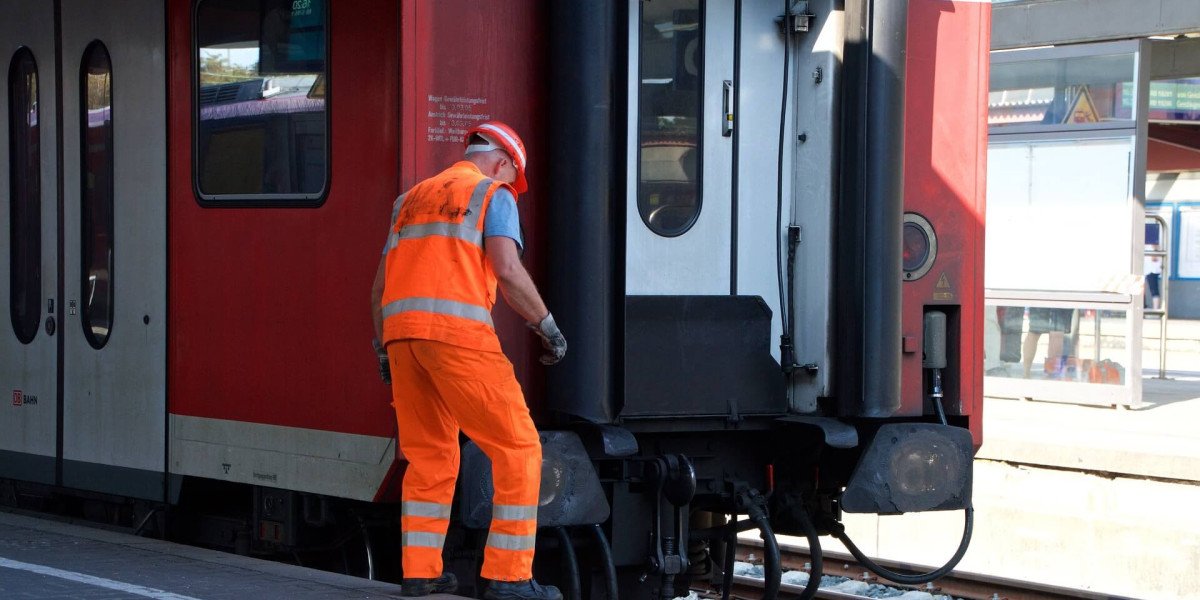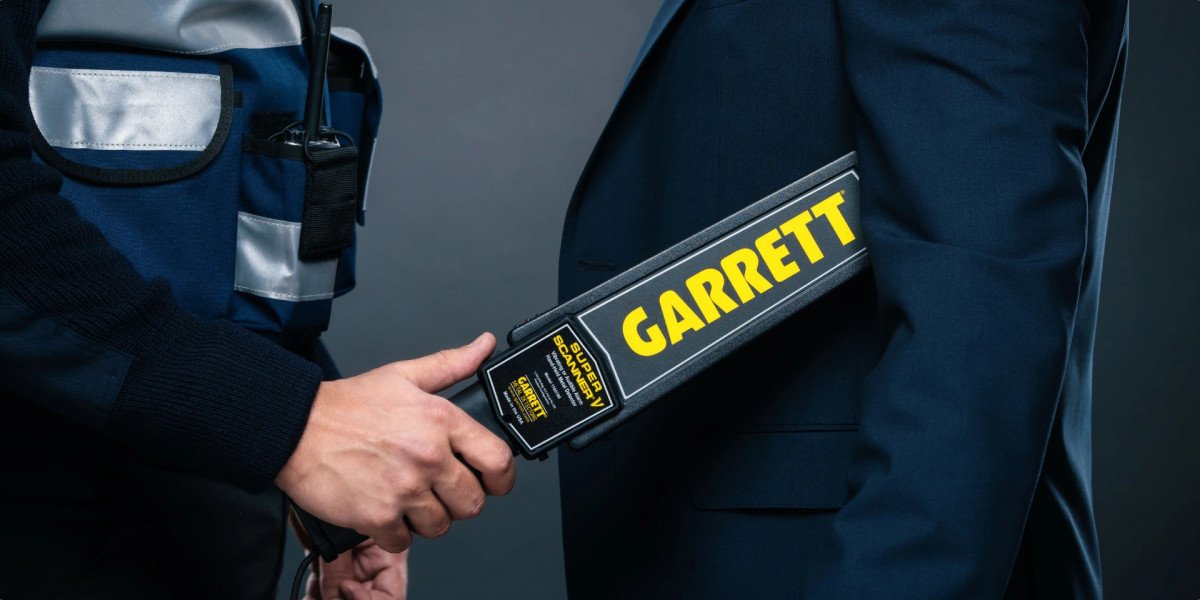The global Automotive Cruise Control Systems Market is witnessing significant transformation, driven by advancements in vehicle automation and increasing consumer demand for enhanced driving comfort and safety. Cruise control systems, including adaptive and conventional variants, are gaining prominence as automakers integrate innovative technologies to optimize fuel efficiency, reduce driver fatigue, and improve road safety.
Rising adoption of electric and hybrid vehicles globally has further accelerated the demand for advanced cruise control systems. These systems allow vehicles to maintain consistent speeds and adapt to traffic conditions, providing a seamless driving experience. Additionally, government regulations emphasizing vehicle safety and emission reduction contribute to steady market growth.
The market is segmented across various vehicle types, including passenger cars, commercial vehicles, and luxury cars, each demonstrating varying adoption rates of cruise control technologies. Continuous innovation in adaptive systems, such as AI-based predictive cruise control, is expected to open new avenues for growth in the forecast period.
Request a Sample Report: https://researchintelo.com/request-sample/6256
Key Market Drivers
• Technological Advancements: Integration of radar, sensors, and AI in adaptive cruise control systems is driving demand for smarter, more efficient vehicles.
• Consumer Preference for Safety and Comfort: Increasing awareness of road safety and convenience features encourages vehicle buyers to opt for cruise control-enabled models.
• Regulatory Push for Fuel Efficiency: Stringent emission norms worldwide promote the adoption of systems that enhance fuel economy, indirectly supporting cruise control growth.
Market Restraints
Despite promising growth, the market faces certain challenges:
• High Initial Costs: Advanced adaptive cruise control systems are expensive, potentially limiting adoption in budget vehicle segments.
• Technical Limitations: Integration of cruise control in older vehicle models remains challenging due to compatibility issues with existing engine and braking systems.
• Driver Reluctance in Certain Regions: Some consumers prefer manual control due to lack of familiarity or mistrust of automated systems, which could slow market penetration.
View Full Report: https://researchintelo.com/report/automotive-cruise-control-systems-market
Opportunities in the Market
The Automotive Cruise Control Systems Market presents several promising opportunities:
• Integration with Autonomous Vehicles: As self-driving technology matures, cruise control systems form the foundation for higher-level automation, enabling growth in autonomous vehicle applications.
• Emerging Markets Expansion: Increasing vehicle ownership in developing regions presents untapped demand for safety and comfort-oriented systems.
• Aftermarket Sales and Retrofitting: Growing interest in retrofitting existing vehicles with cruise control systems opens additional revenue streams for manufacturers.
Global Market Insights
The global market demonstrates varied adoption trends across regions:
• North America: Dominates due to early adoption of advanced automotive technologies and regulatory support for fuel-efficient systems.
• Europe: Shows strong growth prospects driven by stringent emission regulations and high consumer preference for safety features.
• Asia-Pacific: Expected to witness the highest CAGR due to increasing vehicle production, urbanization, and rising disposable income.
• Rest of the World: Latin America and the Middle East exhibit steady growth driven by infrastructure development and rising demand for passenger vehicles.
Enquire Before Buying: https://researchintelo.com/request-for-customization/6256
Market Dynamics and Forecast
The Automotive Cruise Control Systems Market is poised for a robust CAGR during the forecast period, underpinned by:
• Rising R&D Investment: Manufacturers continue to invest heavily in developing intelligent cruise control systems with enhanced safety and efficiency features.
• Synergy with Connected Cars: Integration with IoT-enabled and connected vehicles enhances market potential, allowing real-time traffic adaptation and predictive speed management.
• Fuel Efficiency Optimization: With fluctuating fuel prices, the adoption of systems that reduce fuel consumption is becoming increasingly attractive to consumers and fleet operators.
Segment Analysis
• By Component: Sensors, actuators, controllers, and software constitute the primary components, each contributing to system reliability and performance.
• By Vehicle Type: Passenger vehicles hold the largest share due to high production volumes, while commercial vehicles present steady growth opportunities driven by long-distance travel needs.
• By Technology: Conventional cruise control remains prevalent, but adaptive and predictive cruise control systems are expected to witness higher growth rates due to technological advancements and consumer preference for automation.
Check Out the Report: https://researchintelo.com/checkout/6256
Competitive Landscape
The market, while fragmented, is witnessing consolidation as manufacturers invest in innovation to gain competitive advantage. Strategic collaborations, partnerships with OEMs, and technological differentiation are key strategies for companies to enhance market presence. Companies focusing on aftermarket solutions and retrofitting are also expected to gain traction, especially in emerging markets.
Future Outlook
The future of the Automotive Cruise Control Systems Market is highly promising. Continuous technological advancements, particularly in AI and connected vehicle integration, will fuel adoption. Additionally, rising government incentives for vehicle safety features and emissions control are likely to further propel market growth. The convergence of safety, automation, and efficiency positions cruise control systems as a vital component of the next-generation automotive landscape.







